Here are 8 facts about Bob Dylan that we thought you hadn’t heard about before.

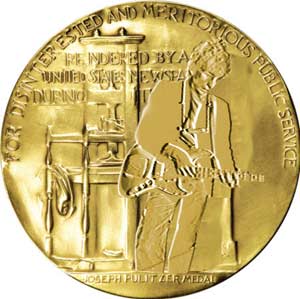
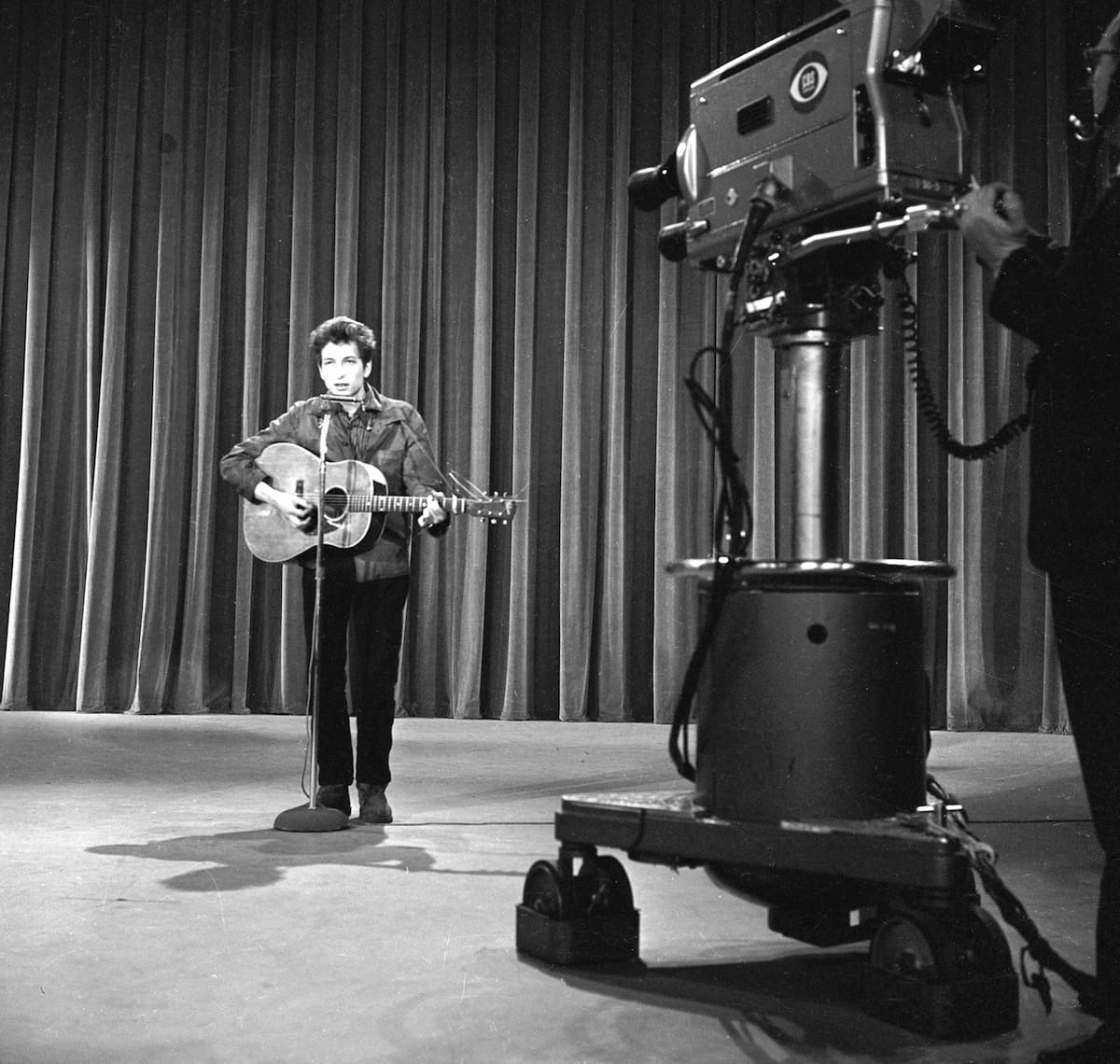
“Talkin’ John Birch Paranoid Blues” was at the center of a controversy that brought national attention to Dylan and played a significant part in shaping his second album, Freewheelin’ Bob Dylan.[4] On May 12, 1963, with the album about to be released, Dylan was scheduled to appear on The Ed Sullivan Show on CBS. The Sunday evening variety program, among the most popular shows on American television, had earlier introduced Elvis Presley to national audiences and in 1964 would do the same for The Beatles Dylan had auditioned for the show in early 1962, before the release of his first album. He played a few songs from the recording, but the network executives who sat in on the set weren’t exactly sure what to make of him. Unhappy with the experience, Dylan thought he wouldn’t hear from the network again. More than a year passed when the call came inviting him to make a guest appearance on the show For his one selection, Dylan chose “Talkin’ John Birch Society Blues” (as it was then titled). Sullivan and his producer heard him play it at the Saturday rehearsal on May 11 and were delighted with the song. However, when Dylan showed up for the dress rehearsal the next afternoon, the day of the show, a CBS program practices executive told him the song would have to be replaced because of possible libel against John Birch Society members. Refusing to do a different song, Dylan walked off the set The incident drew national attention with reports running in the New York Times, Billboard and Village Voice.Sullivan, meanwhile, backed Dylan, arguing that if network programs could poke fun at President John F. Kennedy, the John Birch Society should not be immune from similar treatment.[ Concerned about possible reprisals from the John Birch group, the network held to its decision. Worse, the controversy spilled over into Columbia, CBS’s records division. When the company’s lawyers learned that “Talkin’ John Birch” was slated for the album, they ordered the song removed. Dylan was in a delicate situation. His first album had sold poorly, and he didn’t have the power at this point to fight his record company. Though upset by the order, he relented. The initial shipments of “Freewheelin”, which had already been sent out, were recalled, and the album was re-issued without “Talkin’ John Birch Society Blues”.Dylan ultimately profited from the affair. Besides the favorable publicity from the Ed Sullivan Show walk-out, it gave him a chance to re-consider his selections for “Freewheelin”, which he felt had too many “old fashioned” selections, songs closer in style to his earlier material. In addition to “Talkin’ John Birch Society”, he dropped three of his other older songs, including “Let Me Die in My Footsteps”, “Ramblin’ Gamblin’ Willie” and “Rocks and Gravel”. In their place, he substituted four tunes recorded during the last of the Freewheelin’ sessions: “Masters of War”, “Girl from the North Country”, “Bob Dylan’s Dream” and “Talkin’ World War III Blues”.
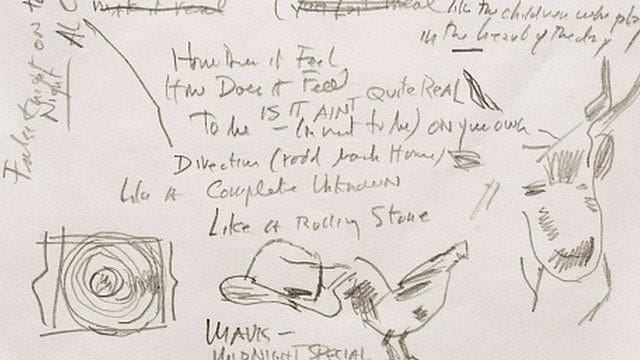
Dylan has never publicly spoken of writing any other major composition in this way. In an interview with CBC radio in Montreal, Dylan called the creation of the song a “breakthrough”, explaining that it changed his perception of where he was going in his career. He said that he found himself writing “this long piece of vomit, 20 pages long, and out of it I took ‘Like a Rolling Stone’ and made it as a single. And I’d never written anything like that before and it suddenly came to me that was what I should do … After writing that I wasn’t interested in writing a novel, or a play. I just had too much, I want to write songs. “I wrote that after I had quit. I’d literally quit singing and playing, and I found myself writing this song, this story, this long piece of vomit about twenty pages long and out of it I took ‘Like a Rolling Stone’ and made it as a single. And I never written anything like that before and it suddenly came to me that this is what I should do.” This twenty page creative outpouring suggests getting closer to the new style he had alluded to in early 1965, “songs which are… a long continuation of verses.” It also suggests the deep and acknowledged impact of the Beats on the author – the influence of Kerouac’s uninterrupted scroll of prose for On the Road and Ginsberg’s Howl. (You can buy copies of Kerouac’s novel from Dylan’s website today, alongside Rimbaud’s poetry). Of course the twenty pages wasn’t yet a song. Dylan has talked about “boiling it down” while trying it out on the piano. He also remarked that he “always heard it with a band” (and not a folk acoustic group either, he too was listening to the Stones and Beatles and had played in garage bands as a kid). In an interview from 1966, and after the guesses had begun about to just who all this ire with a fairytale opening (“once upon a time”) was directed, he recalled its composition and subject: “…It wasn’t called anything, just a rhythm thing on paper all about my steady hatred directed at some point that was honest. In the end it wasn’t hatred, it was telling someone something they didn’t know, telling them they were lucky…. I never thought of it as a song until one day I was at the piano, and on the paper it was singing, ‘How does it feel?’ in a slow motion pace… It was like… in your eyesight you see your victim swimming in lava… in the pain they were bound to meet up with. I wrote it. I didn’t fail. It was straight.”
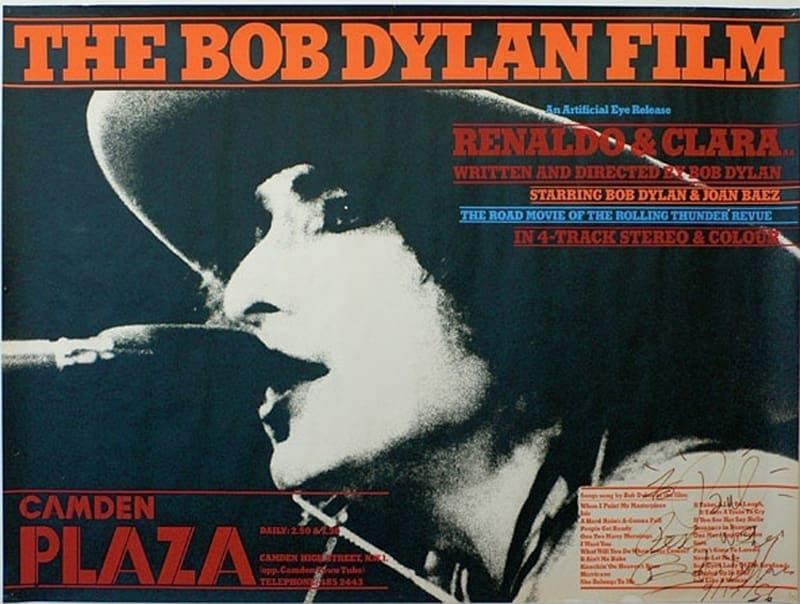
The 1978 film Renaldo and Clara was a 235-minute-long French New Wave/Beat Generation-inspired collage of concert footage, documentary, and dramatic fiction. After almost universally negative reviews, its limited release in theaters in major U.S. cities was stopped. Rolling Stone insisted: “This is meant to work at the level of Freud, but it is a lot closer to fraud.” In The New Yorker, Pauline Kael wrote, “It’s what Louis and Marie Antoinette might have done at Versailles if only they’d had the cameras.” Dylan played Renaldo.
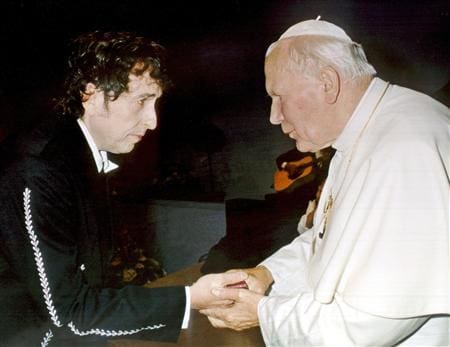
Pope Benedict was opposed to Bob Dylan appearing at a youth event with the late Pope John Paul in 1997 because he considered the pop star the wrong kind of “prophet,” Benedict writes in a new book issued on Thursday. Benedict, who was Cardinal Joseph Ratzinger at the time of the concert in Bologna, Italy, makes the disclosure in a new book of memoirs about his predecessor, who died in 2005. “There was reason to be skeptical, — I was, and in a certain sense I still am, — to doubt if it was really right to let these types of prophets intervene,” Benedict writes, only mentioning Dylan among the stars who appeared. At the 1997 concert, Dylan, the anti-conformist troubadour of the 1960s and one of the 20th century’s greatest influences on popular music, sang three songs before the Pope as part of a concert that included a number of other, mostly Italian artists. read more at : https://www.reuters.com/article/us-pope-dylan-idUSL0862623620070309
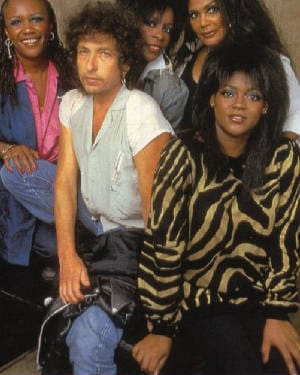
Their marriage and parenthood was completely unknown to both Dylan’s fans and the media until the 2001 publication of Down the Highway: The Life Of Bob Dylan by Howard Sounes. Dennis is quoted as saying, “I have three children, but I’m not going to say which ones are Bob Dylan’s.” Dennis, according to her spokesman, had made a pact with her children not to publicize their paternity. “Bob Dylan has eight or nine children,” Dennis says. “We’re not trading on that. Bob Dylan’s ‘secret’ daughter has married her lesbian partner – but her famous father was a no show at the wedding. Desiree Dennis-Dylan married her partner Kayla Sampson in June in an ‘intimate’ ceremony in Long Beach, California. The wedding took place during a six-week gap in Dylan’s Never Ending Tour Schedule, but sadly Dylan, a prophet of equality and social change in the 1960’s, didn’t make Desi’s nuptials.
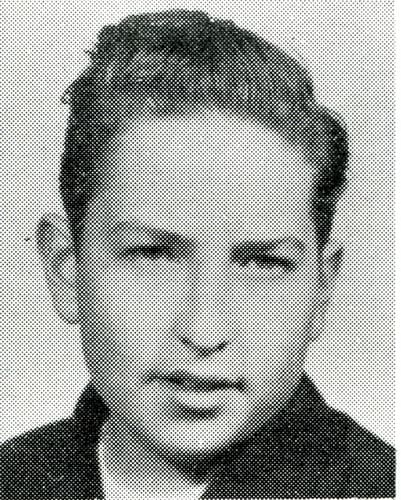
Sources
Bob Dylan plays harmonica – Harry Belafonte – Midnight Special
Bob Dylan- 40 Handwritings and Transcripts
https://www.searchingforagem.com/1960s/1962Belafonte.htm
https://en.wikipedia.org/wiki/Midnight_Special_(Harry_Belafonte_album)
https://en.wikipedia.org/wiki/Talkin%27_John_Birch_Paranoid_Blues
https://en.wikipedia.org/wiki/Like_a_Rolling_Stone
https://www.reuters.com/article/us-pope-dylan-idUSL0862623620070309
Bob Dylan Knockin’ On Heaven’s Door -Pope John Paul II in Bologna in 1997
https://en.wikipedia.org/wiki/Carolyn_Dennis
https://folkmusic.about.com/od/bobdylan/a/Bob-Dylan-Zimmerman.htm
